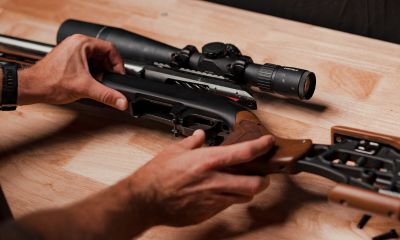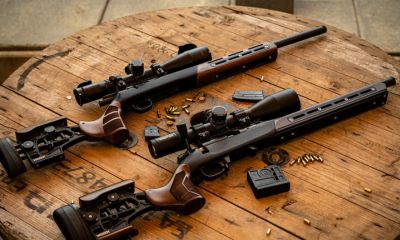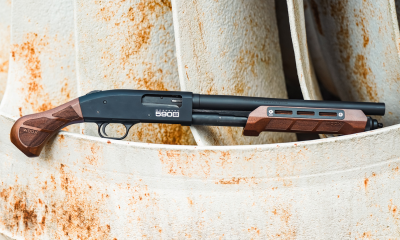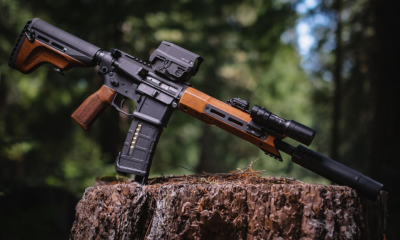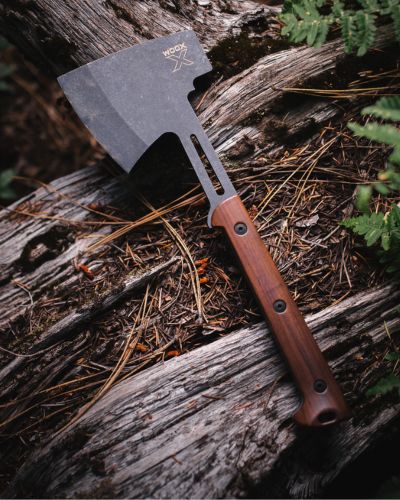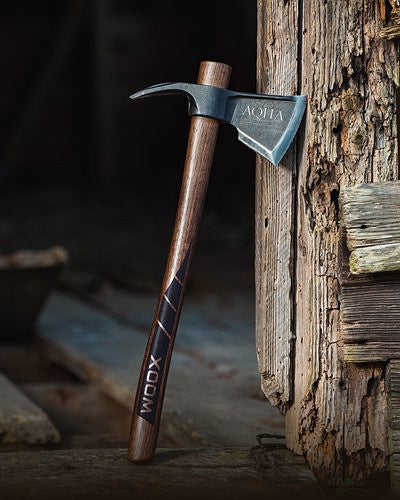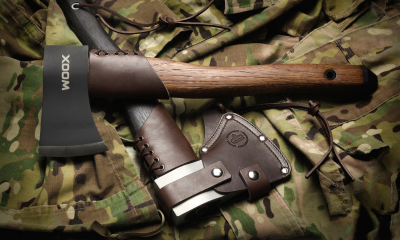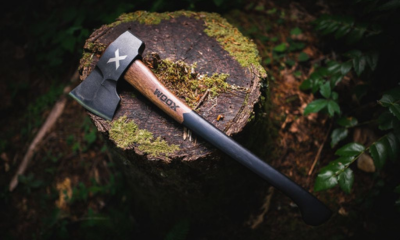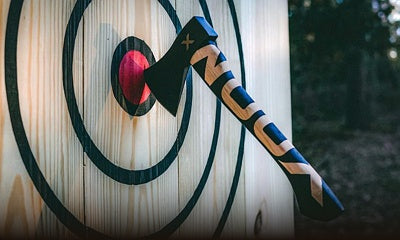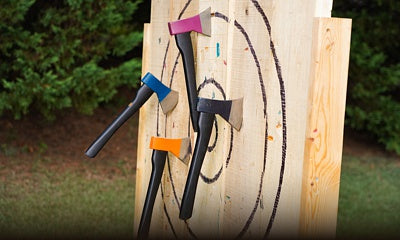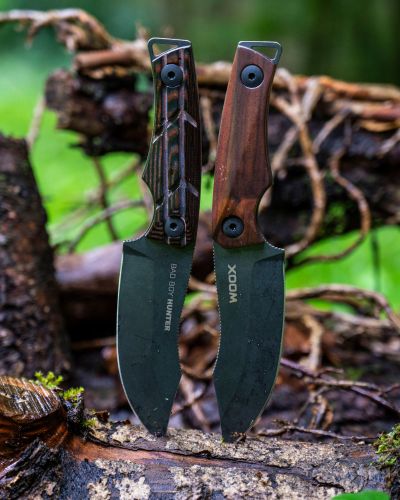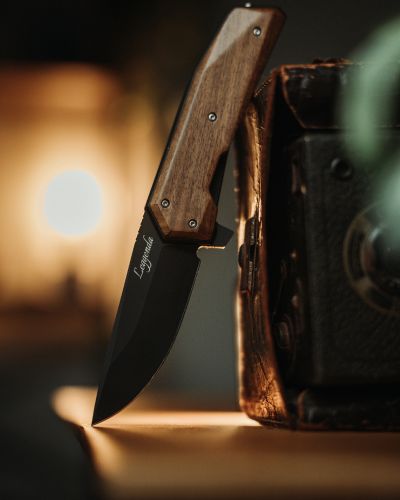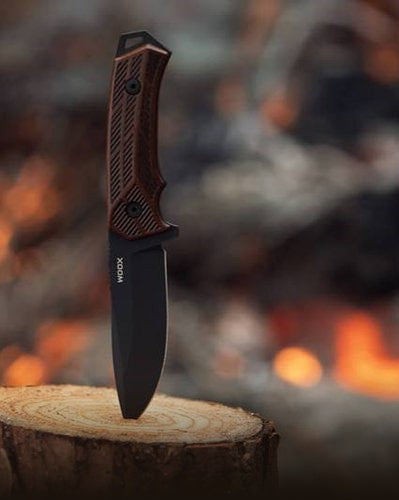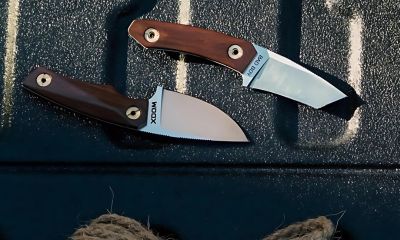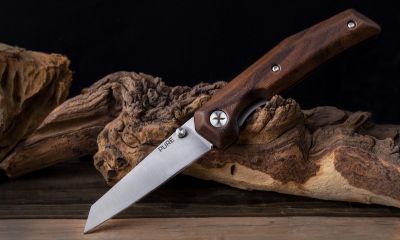Order by December 14 for guaranteed Christmas delivery. Exclusions apply — check the product page for full shipping details.

Order by December 14 for guaranteed Christmas delivery. Exclusions apply — check the product page for full shipping details.
GUN PARTS
AXES
KNIVES
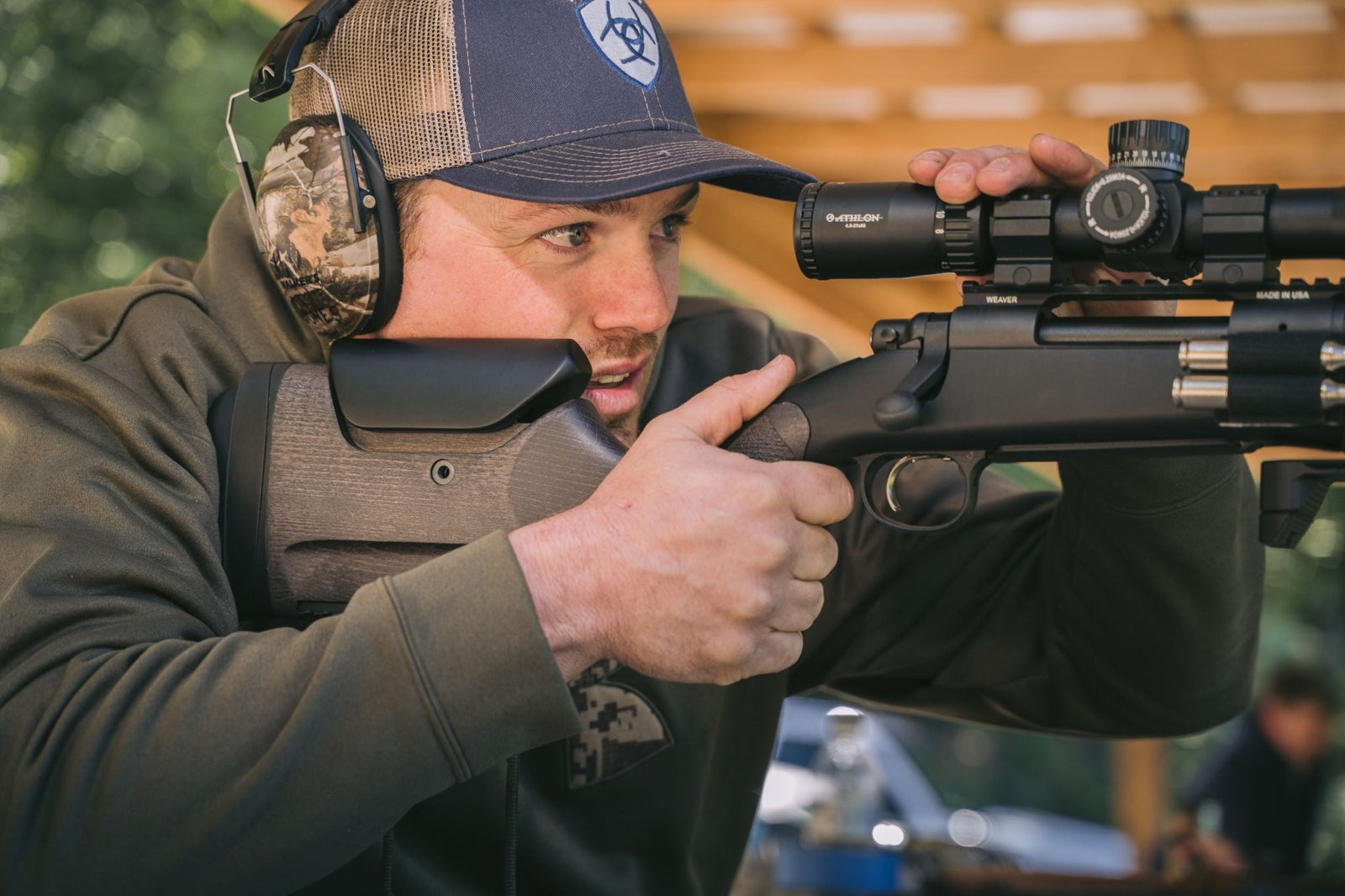
The right tool for the job- a few points to consider when you’re picking an optic (Part 1/2)
August 25, 2021 4 min read
Let me start by saying that I have nothing against iron sights. They are the workhorse of the shooting world, and people can score tiny groups using irons. But irons aren’t the be-all, end-all of sighting systems. Optics are popular for a good reason- they work, and they can make it much easier to get good hits at a variety of ranges.
Let’s look at a few points to consider when you’re picking an optic for your rifle.
What’s it for?
If you’ve been reading my other articles in the WOOX blog, you’ll know that the first thing I think you must do when you’re deciding what to buy is: Define what you hope to do with it. If you’re planning to use your rifle as a home defense gun, putting a 9-12 power variable scope on it probably isn’t a good idea. Conversely, you certainly don’t want a zero-magnification red dot on a gun that you anticipate hunting prairie dogs with at long range. As with any other tool, your optic needs to match with the job you intend it to do.
Short range use
If you want your rifle to fill a home defense or other mostly short-range roll, there are two types of optic that just about rule this niche. One is the red dot, and the other is the holographic sight.
Red Dot Sights
Red dot sights are usually a short tube with an attached mount and windage and elevation adjustment turrets. You clamp it to your rifle, usually by a rail, and when you look through the tube you see an illuminated reticle that you can place on your target. If you've adjusted everything properly the bullet will impact where your reticle is. They’re called red dots, but the reticle can be any color (even though red and green are the most common). The reticle can also be any shape, from dots to chevrons, to circles and dots, to any other arrangement.
Red dots typically have no magnification, and you will use them at close ranges. They allow fast target acquisition and have good fields of view.
Since they have no magnification, they are harder to shoot at long ranges. A popular workaround for the problem is to pair a red dot with a flip to the side magnifier, typically in the 3x range.
Holographic Sights
Holographic sights are like red dots in that they are zero magnification and use a dot or other shape as a reticle for aiming. They differ from red dots in that instead of a tube, they use an arch of metal or plastic to house a piece of glass, onto which the reticle is projected.
They have a nearly unobstructed field of view, and target acquisition is amazingly fast indeed. You can also use a magnifier in conjunction with a holographic sight.

Short to medium range
Low Power Variable Optic (LPVO)
A popular scope to use for short to medium-range tasks is the Low Power Variable Optic (LPVO). An LPVO is a variable optic that is usually in the 1x to 4x magnification range. They allow you to go from the short-range target acquisition of a red dot to the ability to make a precise shot at longer ranges with the twist of a dial. These are popular optics with AR platform shooters for use out to 300 yards or so. They can have illuminated reticles in a variety of colors and styles. You must use scope rings to mount them to your rifle since they don’t generally have an incorporated mount like red dots and holo sights.
Fixed Low Power
A fixed low power scope is a popular choice at this range, as well. You can use a 3x or 4x fixed power scope for target shooting at these ranges, or for hunting in a brushy or heavily wooded area. I suspect that these types of scopes are used to take more Whitetail deer than any other. They have a good field of view even at short range. They allow the shooter to get shots on target at medium range, too.
Long Range Scopes
Long-range scopes also come in fixed and variable magnification versions. The fixed power scopes have less that can go wrong with them since they are simpler with fewer moving parts. The variable power scopes are more complicated, true, but they are also more versatile. Once again, the question becomes “What do you want to do with it?” if you want to punch holes at a fixed distance, then a fixed power scope is good for your needs. If you want the ability to adjust your magnification based on your range, then a variable power scope is what you want.
Tube Diameter
The main body of the scope is called the tube. The most common diameters of tubes used in the US are the one-inch tube and the 30mm tube. As a rule, the greater the diameter of the tube, the greater the range of adjustment you have for the reticle. Just make sure the scope rings you buy correspond to the diameter of your optic’s tube.
Objective Lens
The Objective Lens is the front lens of the scope. It’s where the light enters the scope. Bigger lenses transmit more light through the scope. This size is expressed as the diameter of the lens in millimeters. A scope labeled “3-9 x 40” is a variable optic from 3x magnification to 9x magnification with a 40mm objective lens.
“But wait- There’s More!”
These are only SOME of the things to consider when you’re looking for an optic for your rifle. Make sure you check back here in the future for part two of this post, where we’ll talk about some of the others.
What do you think I missed in this post, that I’ll be talking about in the next one? Take a guess and let me know in the comments below!
Leave a comment
Comments will be approved before showing up.
Also in Woox Journal

PSAK-47 GF3 & WOOX Forty Seven: Power Meets Heritage
December 11, 2025 1 min read
The WOOX Forty Seven combines timeless craftsmanship and thoughtful design, creating an immersive, adventure-ready experience for those who seek the wilderness.

The Mossberg Maverick 88: A Working-Man’s Shotgun Raised to a Higher Calling
December 09, 2025 1 min read
The Mossberg Maverick 88 evolves from rugged workhorse to heirloom-quality shotgun with Gladiatore walnut and aluminum furniture—performance and craftsmanship combined.
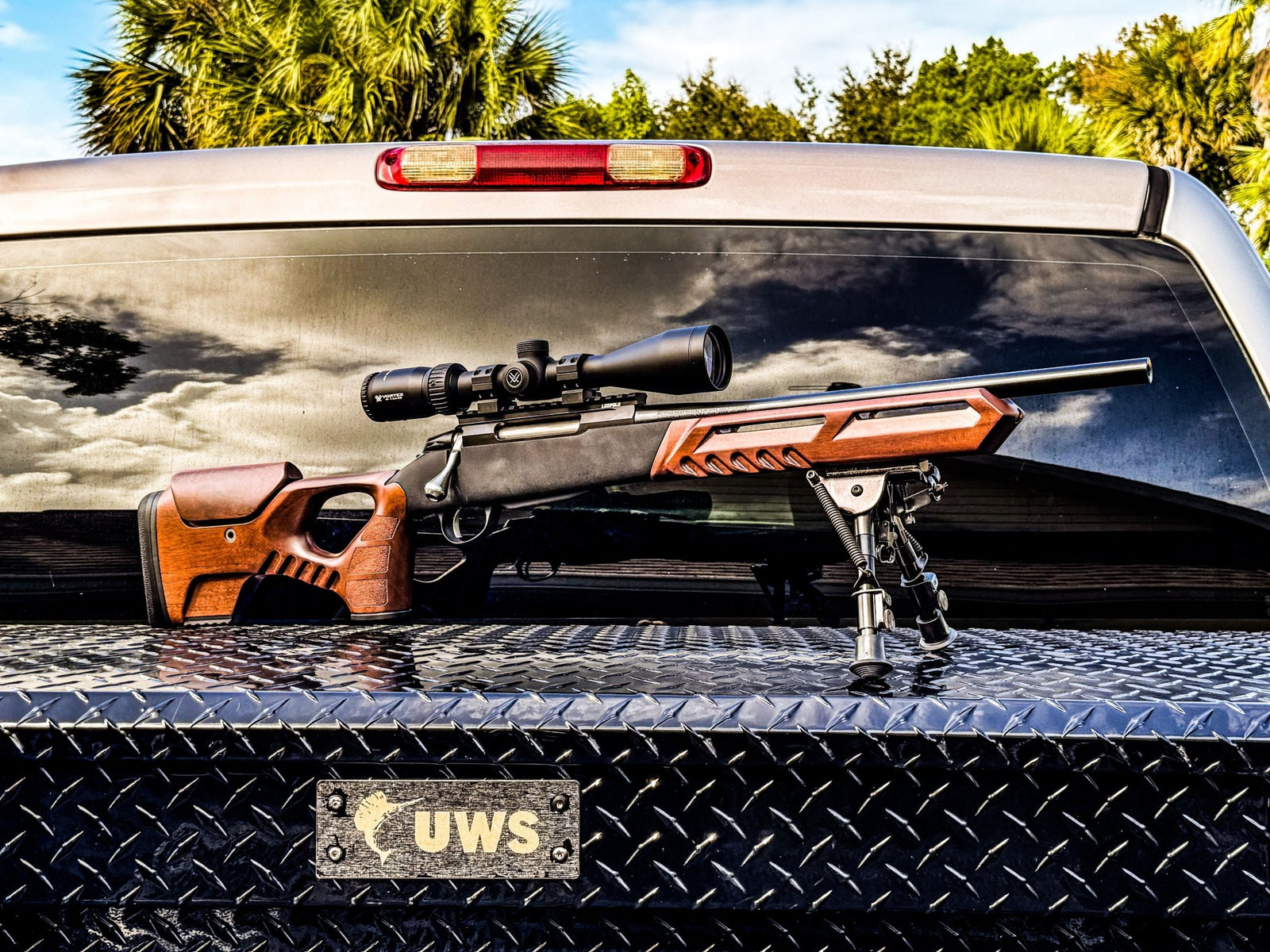
Tikka T3x Hunter 16″ with WOOX Cobra Precision Build
October 24, 2025 1 min read
A purpose-driven rifle system blending craftsmanship, precision, and performance—the WOOX Cobra + Tikka T3x Hunter 16″ build is made for the modern outdoorsman.
STICK AROUND AND STAY UPDATED!
Want the latest promotions, expert tips, and a cool sticker set?
Subscribe to our newsletter today.
Spam? Not on our watch!


